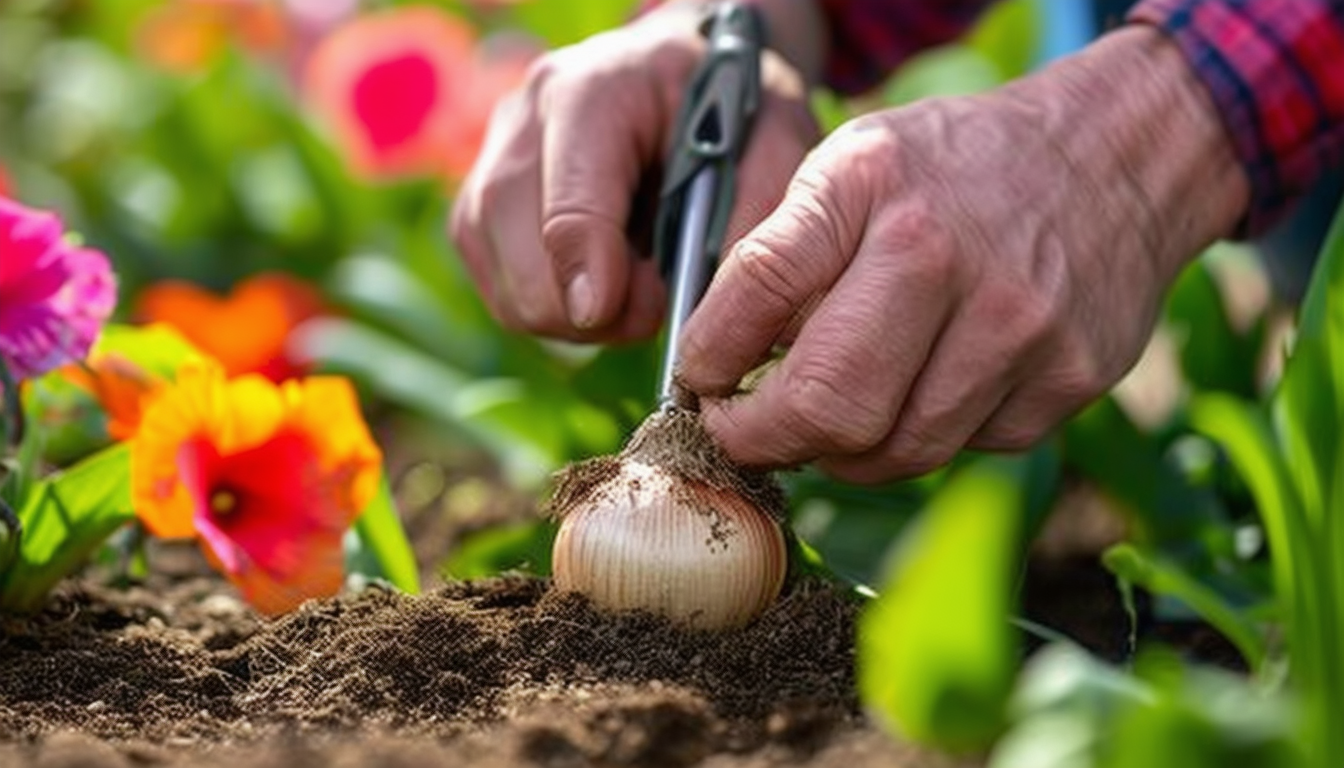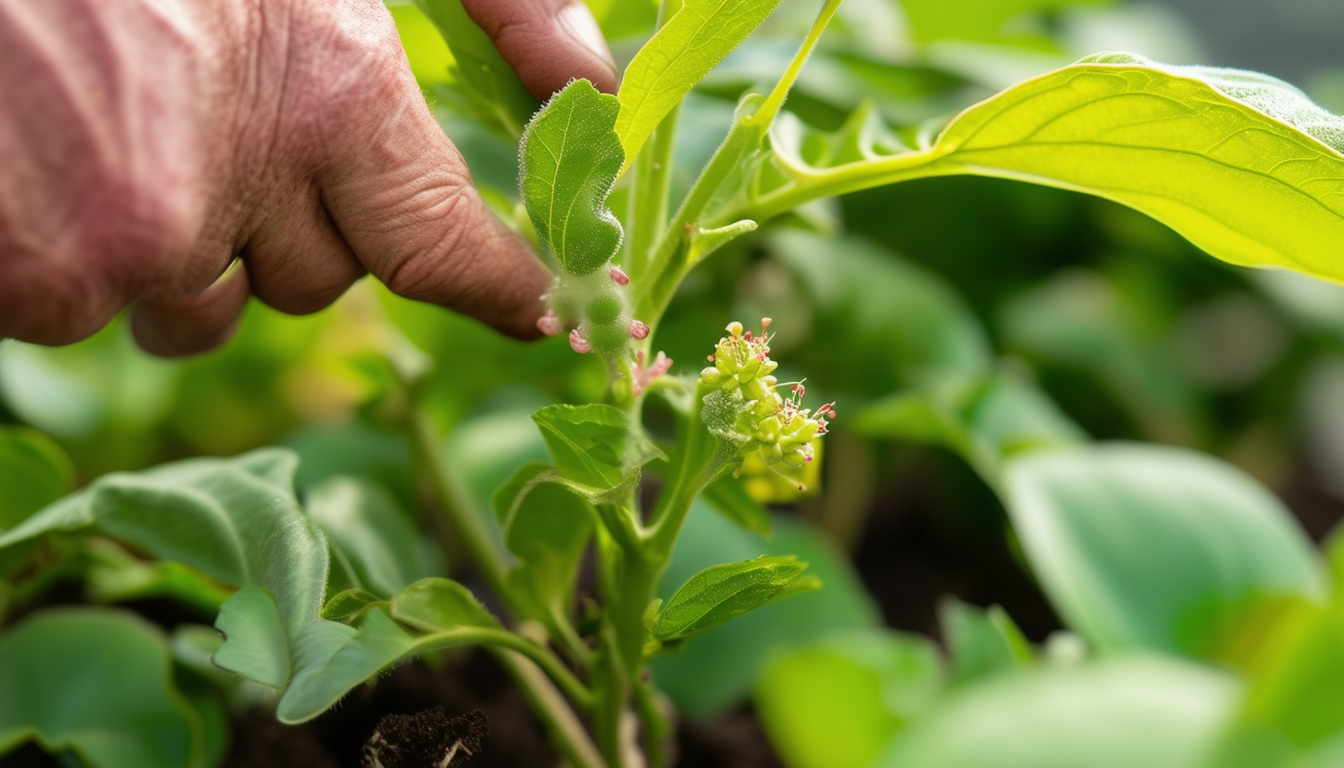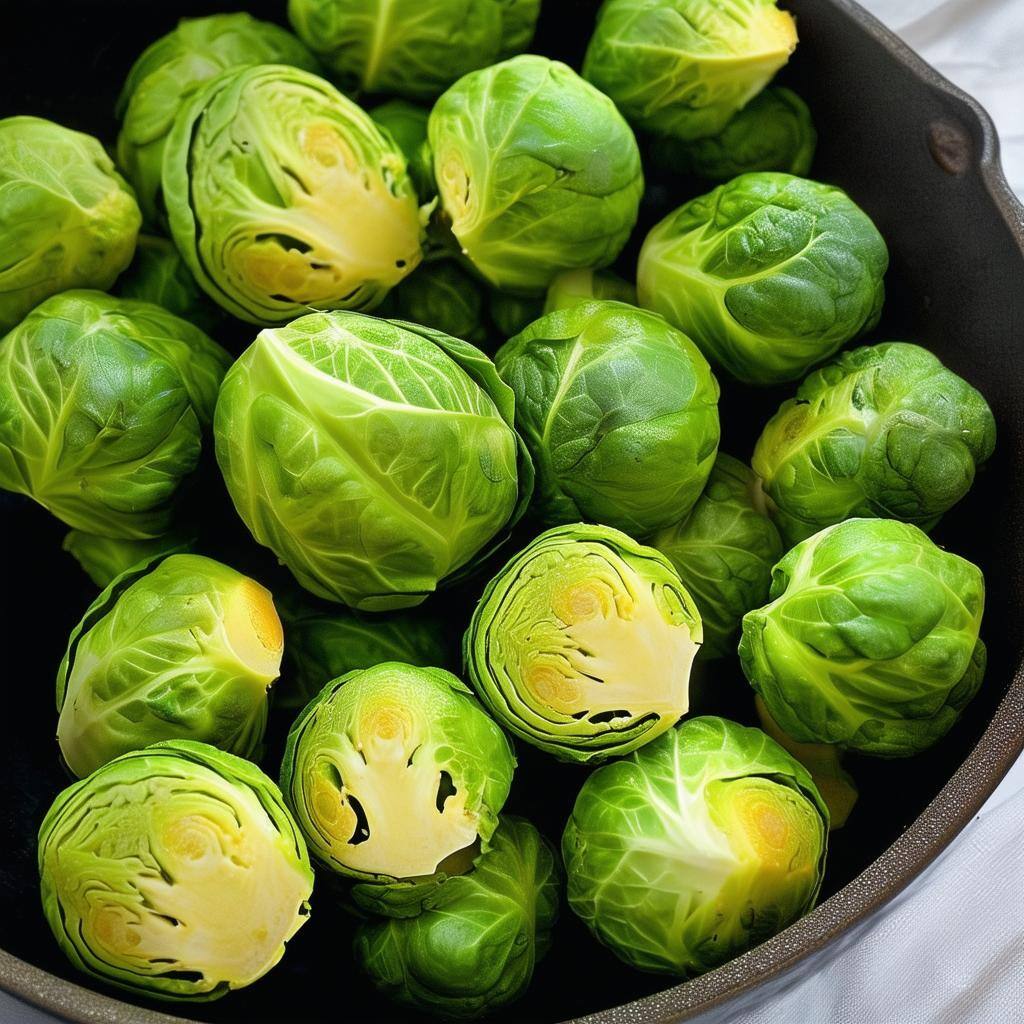
Unlock the secret to thriving plants by mastering the art of scoring bulbs for optimal growth and blossoming.
Intro - Understanding Bulb Scoring: The Basics
Scoring bulbs is a gardening technique that involves making precise cuts into the surface of a bulb to encourage it to produce more offsets, or smaller bulbs. This method is particularly useful for propagating certain types of bulbs and ensuring that they flourish in your garden.
In this comprehensive guide, we will explore the intricacies of bulb scoring, including the tools you’ll need, the steps to follow, and the common mistakes to avoid. With a little patience and care, you can master this technique and enjoy a more bountiful garden.
What is scooping bulbs?
Scooping bulbs is a similar concept to scoring, but instead of making cuts, it involves removing a small portion of the bulb's basal plate (the flat bottom part of the bulb). This stimulates the bulb to produce more offsets. Both scooping and scoring are effective methods for bulb propagation and can be used depending on the type of bulb and your comfort level with each technique.
Understanding the difference between these two methods will help you choose the best approach for your gardening needs.
Essential Tools and Materials for Scoring Bulbs
To get started with scoring bulbs, you’ll need a few essential tools and materials. Here’s a list to help you prepare:
1. A sharp, clean knife or scalpel – Precision is key, so a sharp blade is essential.
2. Disinfectant – To sterilize your tools and prevent the spread of diseases.
3. A clean workspace – Ensure your working area is free from dirt and debris.
4. Gloves – To protect your hands and keep the bulbs clean.
5. Labels – To mark the bulbs and keep track of your work.
Having these tools at hand will make the process smoother and more efficient.
5 Step Guide to Scoring Different Types of Bulbs
Here’s a simple 5-step guide to help you score different types of bulbs effectively:
1. **Select Healthy Bulbs:** Choose bulbs that are firm and free from disease.
2. **Sterilize Your Tools:** Disinfect your knife or scalpel to prevent contamination.
3. **Make the Cuts:** Gently make shallow cuts in a cross pattern on the basal plate of the bulb. Be sure not to cut too deeply.
4. **Store the Bulbs:** Place the scored bulbs in a dry, cool place to allow the cuts to heal and callus over.
5. **Plant the Bulbs:** Once the cuts have healed, plant the bulbs in well-drained soil and water them lightly.
Following these steps will help ensure that your bulbs develop strong, healthy offsets.
Common Mistakes to Avoid When Scoring Bulbs
Even seasoned gardeners can make mistakes when scoring bulbs. Here are some common pitfalls to watch out for:
1. **Cutting Too Deep:** Deep cuts can damage the bulb and hinder its ability to produce offsets.
2. **Using Dirty Tools:** Unsterilized tools can introduce diseases to the bulbs.
3. **Overwatering:** After scoring, bulbs are more susceptible to rot. Water them sparingly.
4. **Incorrect Storage:** Store bulbs in a cool, dry place to prevent mold and rot.
By avoiding these mistakes, you can improve your chances of successful bulb propagation.
Maximizing Your Garden’s Potential with Proper Bulb Care
Proper care doesn’t end at scoring. To maximize your garden’s potential, follow these bulb care tips:
1. **Soil Preparation:** Ensure your soil is well-drained and rich in nutrients.
2. **Regular Watering:** Water your bulbs consistently but avoid waterlogging.
3. **Fertilization:** Use a balanced fertilizer to provide essential nutrients.
4. **Pest Control:** Keep an eye out for pests and treat them promptly.
5. **Seasonal Maintenance:** Remove dead foliage and divide overcrowded bulbs every few years.
With the right care, your bulbs will thrive and bring vibrant blooms to your garden.
What plants can I propagate with this method?
Bulb scoring is particularly effective for propagating a variety of plants. Here are a few examples:
1. **Tulips:** Scoring can help produce more tulip offsets.
2. **Daffodils:** This method encourages daffodils to multiply.
3. **Alliums:** Scoring helps alliums produce more bulbs.
4. **Hyacinths:** This technique can increase the number of hyacinth bulbs.
By using scoring, you can propagate these plants and enjoy more abundant blooms in your garden.
FAQ
Here are some frequently asked questions about bulb scoring:
1. **What is bulb scoring?** It's a method of making precise cuts to stimulate bulb multiplication.
2. **How can bulbs be propagated?** They can be propagated by scoring, scooping, or separation.
3. **Can bulbs be propagated by separation?** Yes, some bulbs can be separated to propagate.
4. **What are the two plants propagated by bulbs?** Common examples are tulips and daffodils.
5. **Can you cut bulbs in half?** Generally, it’s not recommended as it can damage the bulb.
6. **What is Stratford scoring?** It's a specific method of scoring bulbs used in some gardening practices.
7. **Can you root bulbs in water?** Some bulbs can be rooted in water, but it depends on the type.
8. **How quickly do allium bulbs multiply?** They can multiply relatively quickly with proper care.
9. **How to make tulip bulbs multiply?** Scoring and proper care can encourage multiplication.
10. **When to split bulbs?** Typically, bulbs are split after flowering or during dormancy.
11. **Should you remove bulbs after flowering?** It depends on the plant, but generally, it's best to let the foliage die back naturally.
12. **Should I cut the roots off bulbs?** No, cutting the roots can harm the bulb.



